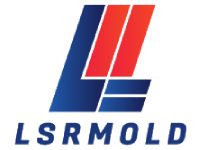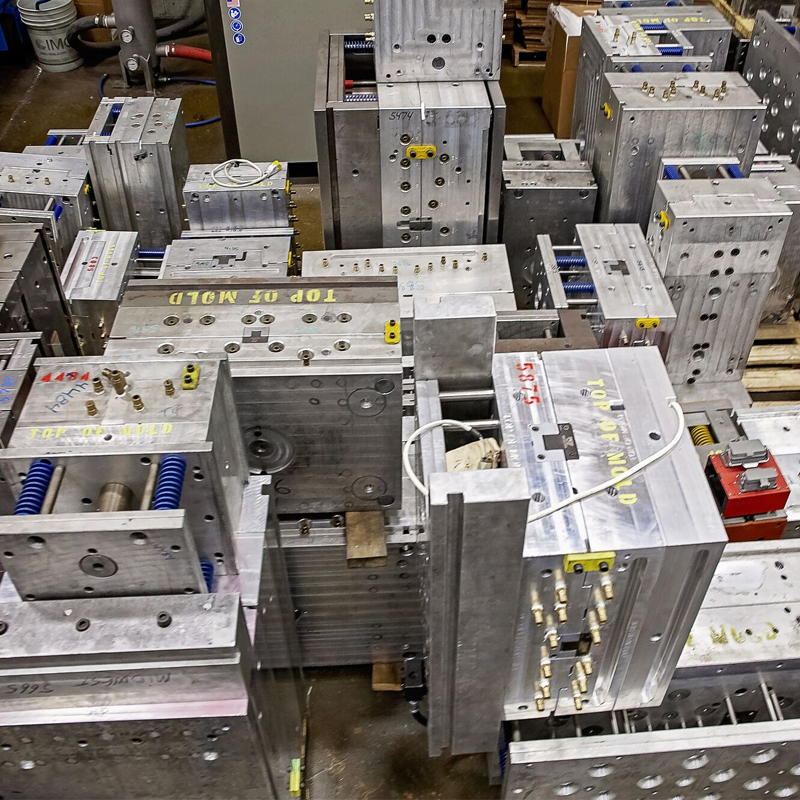In today’s fast-paced manufacturing landscape, businesses often require specialized plastic and rubber components in smaller quantities to meet specific needs. Low-volume injection molding offers a flexible, cost-effective solution, enabling companies to produce high-quality parts without the heavy upfront costs associated with mass production. At LSRmold, we specialize in low-volume injection molding, offering tailored services to help you bring your designs to life with precision and efficiency. Whether you’re developing prototypes, producing small batches, or working on custom projects, low-volume molding provides significant advantages that can drive innovation and streamline your production process.
What is Low-Volume Injection Molding?
Low-volume injection molding, often referred to as small-run injection molding, is a manufacturing process that produces parts in limited quantities, typically ranging from a few hundred to a few thousand units. Unlike traditional high-volume injection molding, which focuses on mass production, low-volume molding is designed for smaller batches and allows manufacturers to create specialized components in a more flexible and cost-effective manner.
At LSRmold, we work with both plastic and rubber materials to produce custom parts with high precision and reliability. Our low-volume runs typically range from a few hundred units to a few thousand, offering the perfect balance between quality and efficiency for businesses that require specialized solutions without the need for large-scale production runs.
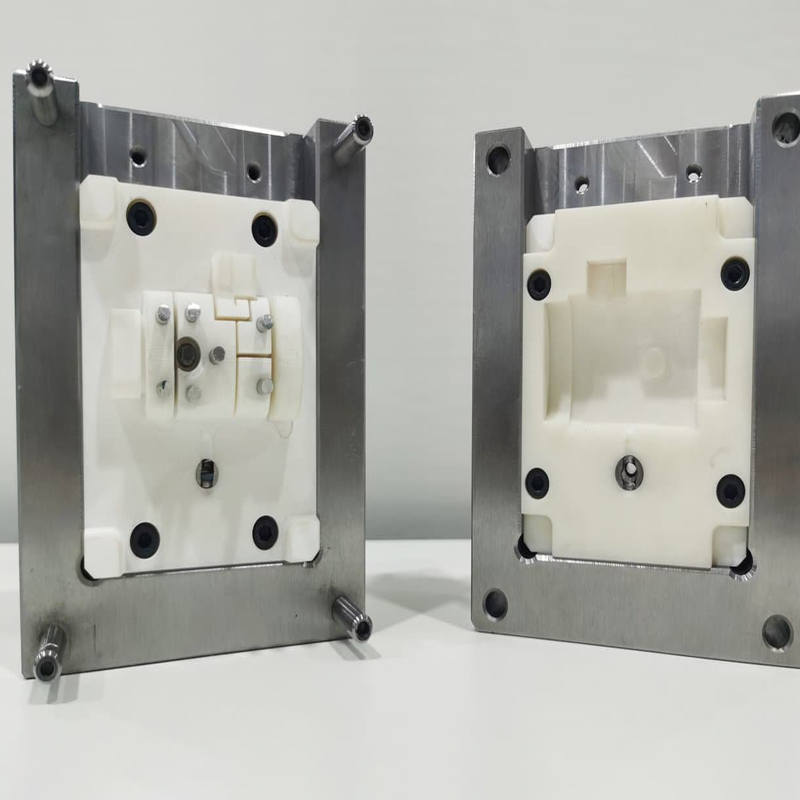
Key Advantages of Low-Volume Injection Molding
-
Cost-Effective Mold Production
Low-volume molds are often made from materials like aluminum or semi-hardened steel, which are significantly less expensive than traditional steel molds used in high-volume production. The lower material costs and reduced machining expenses make these molds a much more affordable option. For example, while steel molds can cost anywhere from $2,000 to $100,000+, low-volume molds are often far more budget-friendly, helping companies control costs during the product development phase.
-
Shorter Lead Times
The speed at which low-volume molds are created is one of the most significant advantages of this method. Aluminum molds, for instance, can be shaped quickly, reducing the time it takes to move from mold creation to actual production. While steel molds can take 4 to 8 weeks to produce, low-volume molds typically have much shorter lead times, allowing businesses to bring their products to market faster.
-
Reduced Production Costs
Because aluminum has superior thermal conductivity compared to steel, low-volume injection molding with aluminum molds can lead to faster cycle times and more efficient production. This means more parts can be produced within the same timeframe, reducing overall costs per part. Additionally, these molds are capable of producing high-quality parts at a fraction of the cost, making them an attractive option for businesses with tight budgets or limited production runs.
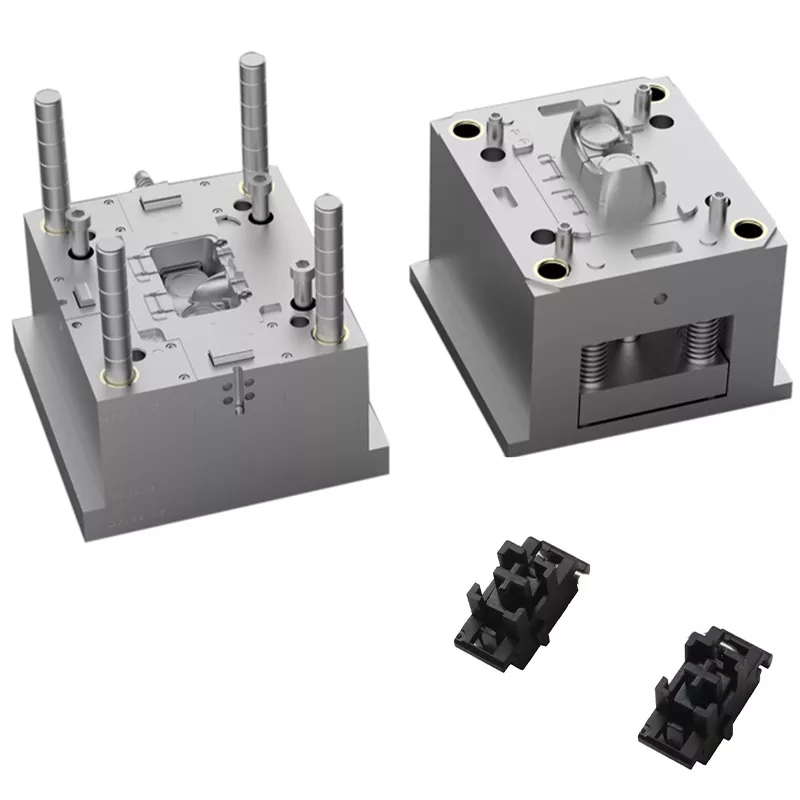
Disadvantages of Low-Volume Injection Molding
-
Limited Production Volumes
As the name suggests, low-volume injection molding is not suitable for large production runs. If your product demand grows significantly or if the initial production estimates turn out to be inaccurate, you may need to transition to high-volume molding. This shift often requires new tooling and molds, which can increase costs and add time to your production timeline.
-
Reduced Mold Durability
Aluminum and other soft metals used in low-volume molds are not as durable as steel, meaning that the molds may wear out more quickly. This can lead to a shorter mold life and may require periodic replacements, adding to maintenance costs in the long run.
-
Design Limitations
Low-volume molds made from softer materials may not achieve the same tight tolerances and high surface finishes as those made from hardened steel. For projects requiring high precision or specialized features, the mold material and process limitations can pose challenges.
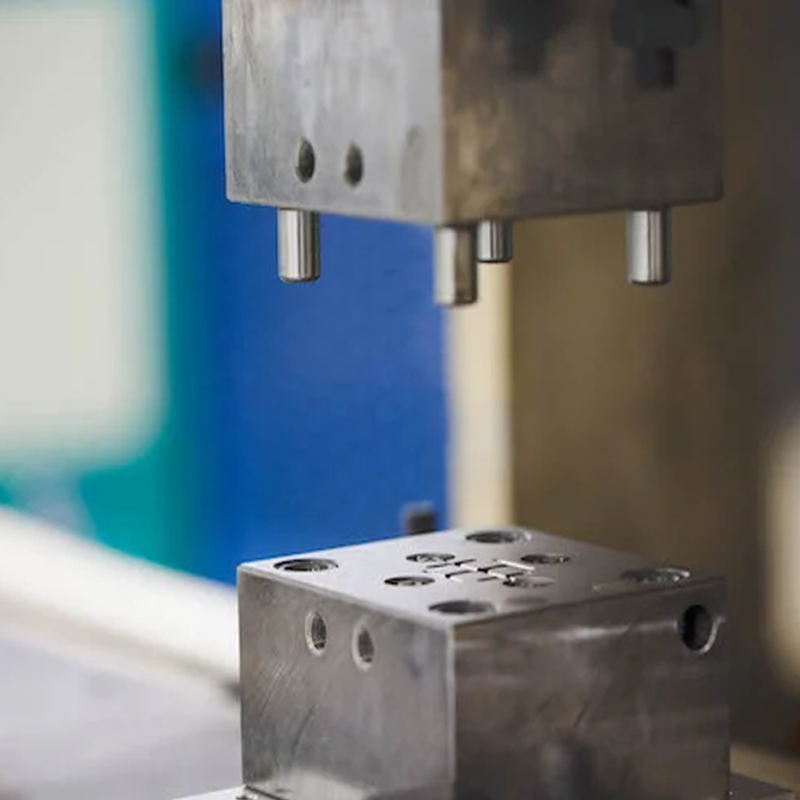
Important Considerations for Low-Volume Injection Molding
-
Choosing the Right Material
Selecting the appropriate material is essential for ensuring that your parts meet the functional and performance requirements of your project. Different materials offer varying properties such as flexibility, strength, temperature resistance, and durability. At LSRmold, we collaborate closely with our clients to select the best materials that suit both the design and application of each part. Whether you need a flexible rubber component or a rigid plastic part, the right material ensures optimal performance.
-
Optimizing Part Design
Achieving the desired surface finish and functionality begins with the design phase. Working with your design team and our mold experts, we ensure the part’s design is optimized for production. This includes ensuring proper wall thickness (typically 0.04 to 0.14 inches), rounded edges and corners, and draft angles that ensure the parts can be easily ejected from the mold.
-
Uniform Wall Thickness
Ensuring uniform wall thickness is crucial in low-volume molding. Thin walls can cause structural weakness, while thick walls can lead to cooling inconsistencies. Properly balanced wall thickness ensures the quality and durability of the final product while avoiding issues such as warping or sink marks.
-
Minimizing Undercuts
Undercuts in a part’s design can complicate the molding process and affect part ejection. By minimizing undercuts, or designing them out entirely, you ensure smoother mold operations and reduce the risk of defects in the finished part.

Applications of Low-Volume Injection Molding
-
Rapid Prototyping
One of the primary applications for low-volume injection molding is rapid prototyping. Whether you’re developing a new product or testing design concepts, low-volume molding allows you to quickly produce prototypes that are both functional and durable. These prototypes can be used for testing, evaluation, and refinement, helping you bring your ideas to market faster.
-
Small-Batch Production
Many industries require small batches of specialized parts or products. Low-volume injection molding is ideal for these applications, whether you’re creating components for the automotive industry, medical devices, or electronics. It offers the precision and flexibility needed for niche products that don’t require large production runs.
-
On-Demand Manufacturing
In today’s world, on-demand manufacturing is becoming increasingly popular. Low-volume injection molding is the perfect solution for businesses needing custom parts in smaller quantities. By manufacturing parts on demand, businesses can reduce excess inventory and meet specific customer requirements more efficiently.

Alternatives to Low-Volume Injection Molding
While low-volume injection molding is highly effective for many applications, there are alternatives worth considering depending on your project’s needs.
-
CNC Machining
For parts with complex geometries or those requiring high precision, CNC machining offers a viable alternative. CNC machines can create intricate designs with great accuracy, making them a good option for parts that require specific shapes or dimensions.
-
3D Printing
3D printing is often used for creating highly complex parts or prototypes that may not be feasible with traditional molding methods. This method is particularly beneficial for testing designs before committing to more expensive production processes.
-
Urethane Casting
Urethane casting is an excellent option for low-volume production of parts that resemble injection-molded components. This process uses flexible molds and can produce parts with similar mechanical properties to injection-molded parts, making it ideal for prototyping or small production runs.
-
Thermoforming
For simpler parts with larger surface areas, thermoforming can be a cost-effective alternative to injection molding. Thermoforming is suitable for parts with basic geometries and is commonly used for larger, thinner products.
Conclusion
Low-volume injection molding offers businesses a versatile and cost-effective solution for producing high-quality, customized parts without the significant upfront costs associated with traditional mass production. At LSRmold, we are committed to helping you bring your ideas to life by offering expert low-volume injection molding services tailored to your specific needs. Whether you are looking to create prototypes, small batches, or custom components, our team of experienced engineers and designers can help you navigate the production process and deliver outstanding results.
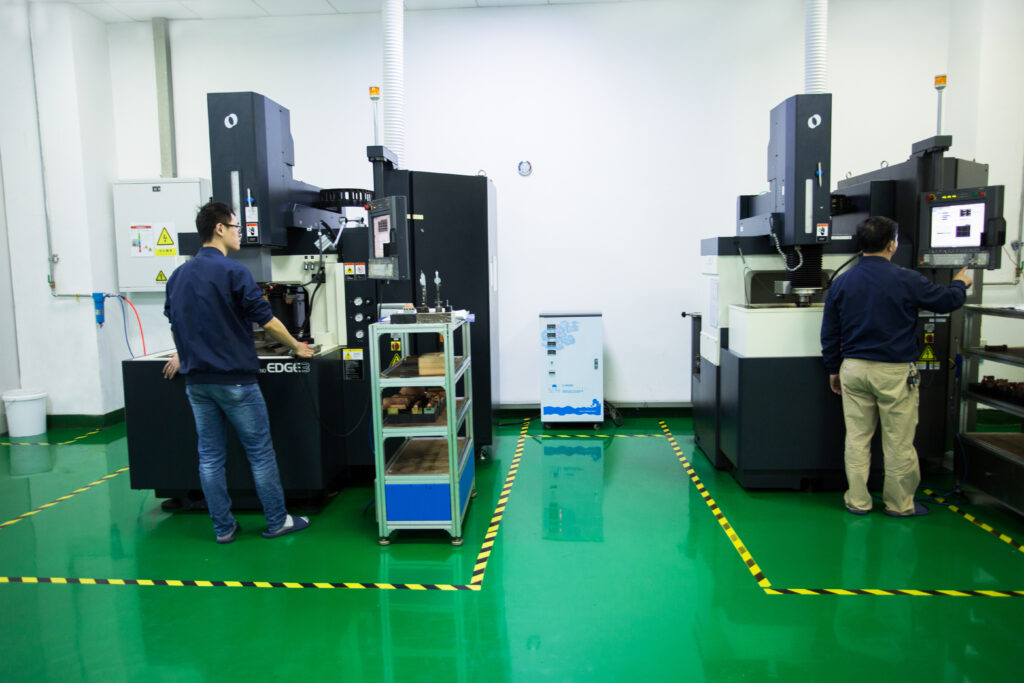
If you’re ready to explore the possibilities of low-volume injection molding, reach out to LSRmold today. Let us help you find the right solution for your project and bring your vision to life with precision, efficiency, and cost-effectiveness.
